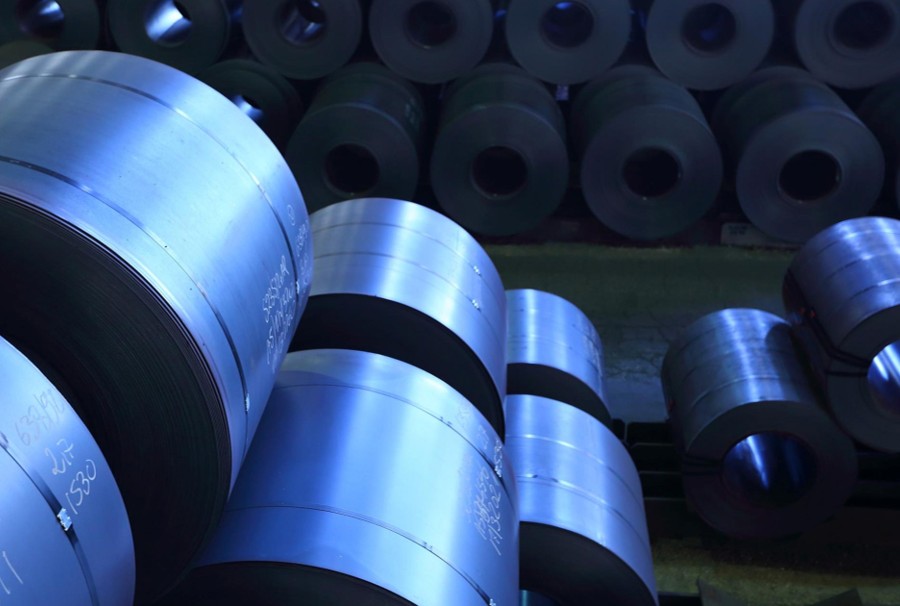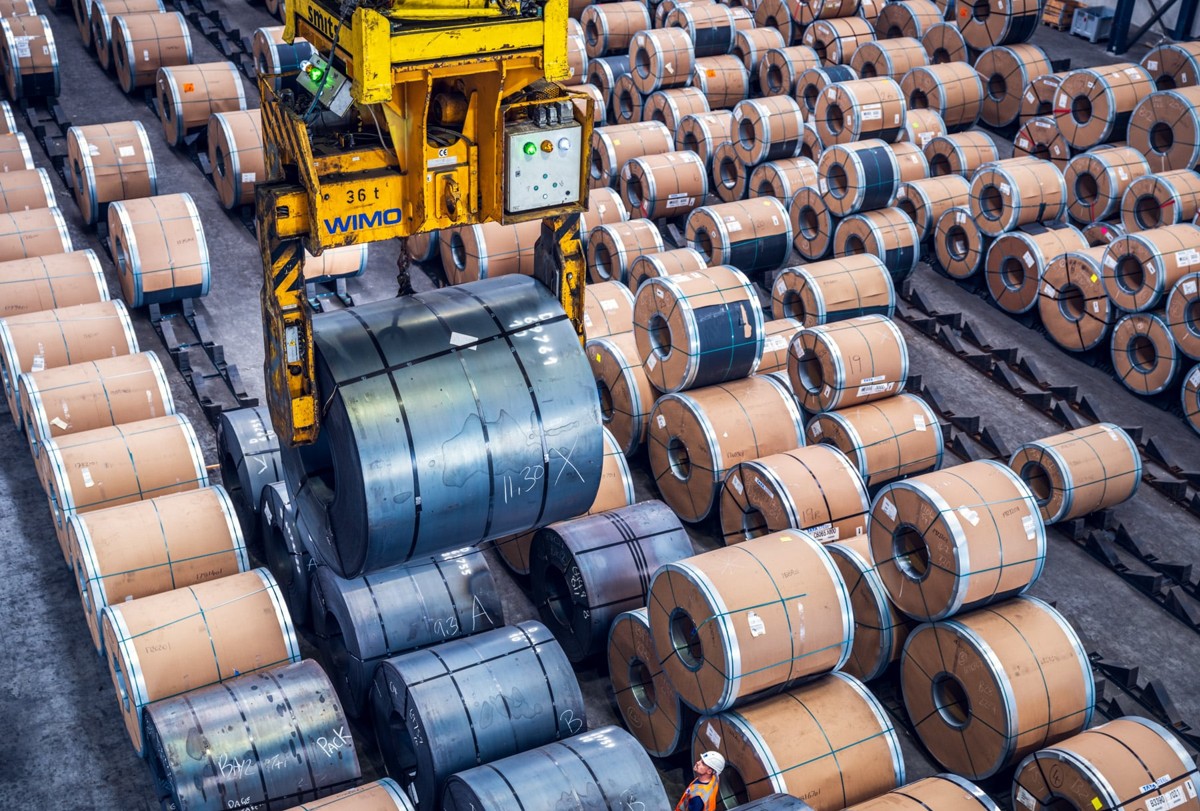Market Data

March 30, 2017
AAR Cautions Against Upending Trade Policies
Written by Sandy Williams
The Association of American Railroads finds in a new report that freight railroads are at risk from trade policies that curtail international trade.
In an assessment released Tuesday, the AAR said that at least 42 percent of all rail carloads and intermodal units and 35 percent of annual rail revenue are directly associated with international trade.
The Association determined, based on analysis of 2014 data, that about 50,000 rail jobs depend directly on international trade and many more are associated indirectly. In 2014, railroads moved 329 million tons of exports and 171 million tons of imports. The report showed a wide geographical area served by railroads to move imports and exports that include coal, grain, plastics, iron ore and consumer goods.
AAR cautions that changes to U.S. trade policies “could have damaging and counterproductive effects on American workers and various industries.”
“Efforts that curtail overall trade would threaten thousands of U.S. freight rail jobs that depend on it and limit essential railroad revenues used to modernize railroad infrastructure throughout North America,” said AAR President and CEO Edward R. Hamberger. “For a highly capital-intensive industry that has spent $26 billion annually in recent years, private investment is the lifeblood of a freight rail sector that must devote massive sums to safely, efficiently and affordably deliver goods across the economy. Upending the ability of railroads to do so by undermining free trade agreements that have done far more good than harm would have far reaching effects.”
“These numbers validate our view that U.S. policymakers should proceed with caution in their quest to reverse some impacts of globalization,” added Hamberger.







